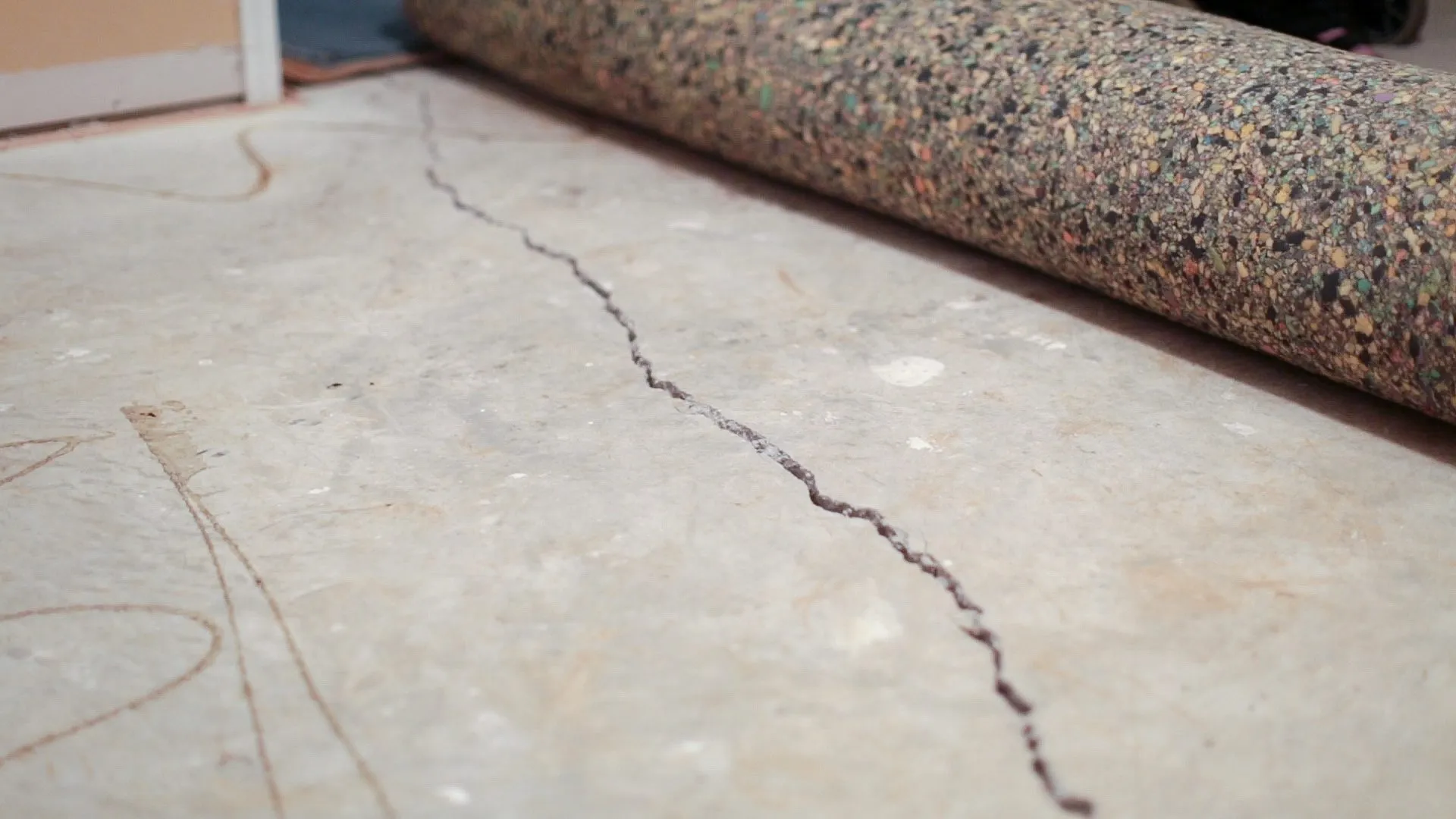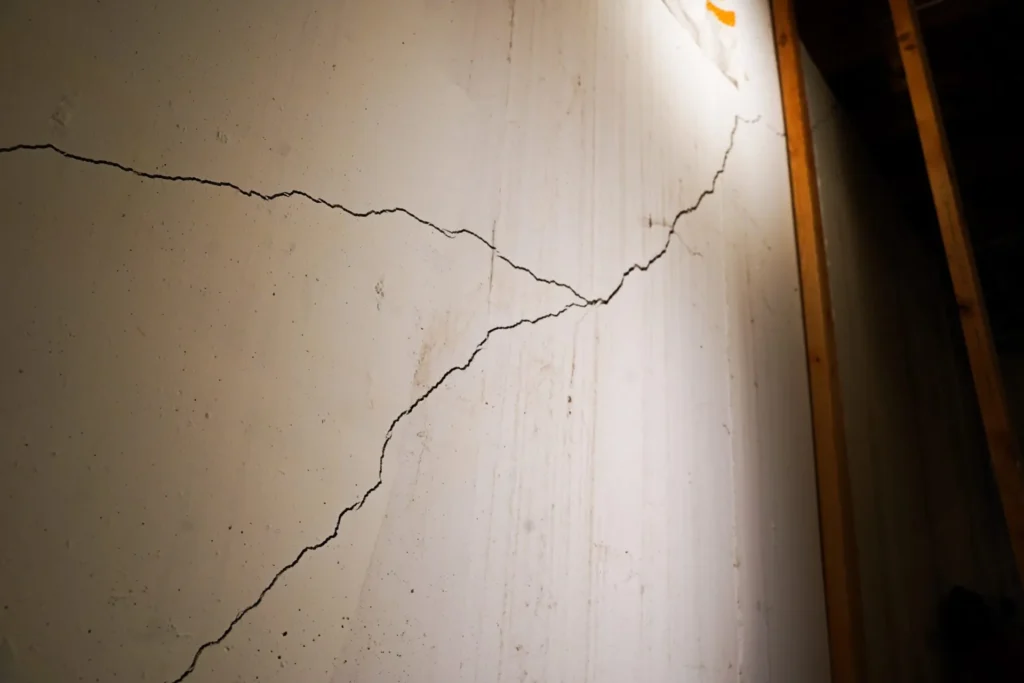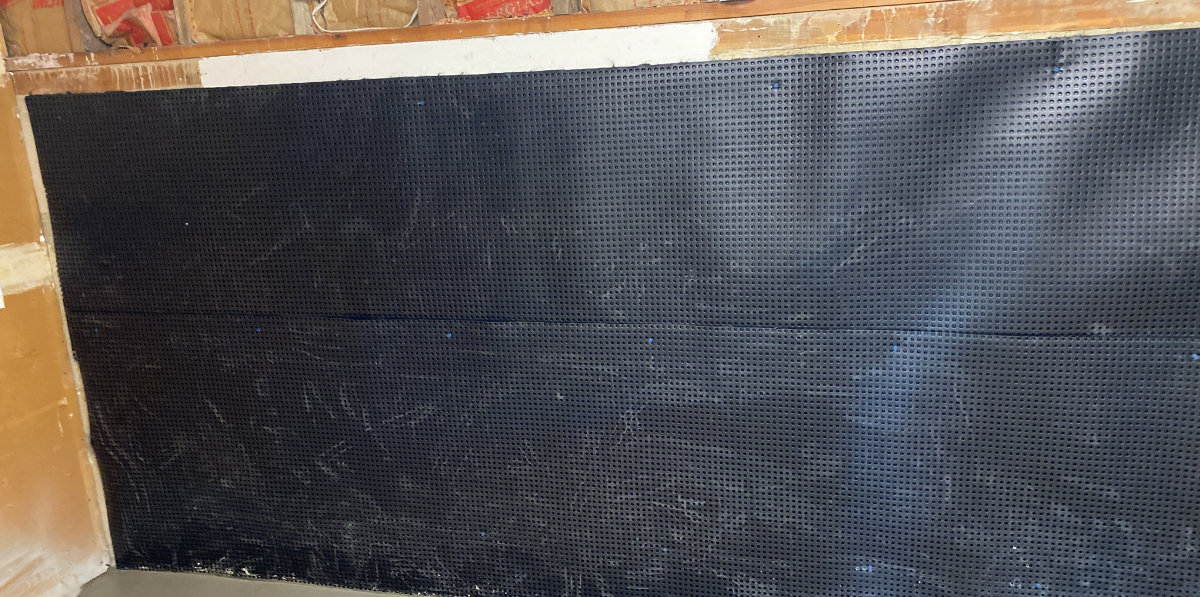Poor Foundation Drainage: Causes to Watch Out For
Basement waterproofing depends on effective water drainage away from your home and the expansive soil around your foundation. Poor drainage, both inside and outside, can lead to structural damage. Addressing the issue early is crucial.
Proper drainage is essential to protecting your home. Preventing water from entering your basement helps avoid problems like mold and mildew growth, structural deterioration, and excessive humidity. Neglecting to install foundation drainage can result in expensive repairs down the line.
Given the amount of rainfall in our area, it’s important to have high-quality foundation drainage systems that can handle heavy water flow. These systems must direct water away from your home and the surrounding soil. Trusting the right experts to install drainage solutions will ensure that water is collected and safely diverted far from your property.
What Happens with Poor Foundation Drainage?
The foundation is the core support structure of your home, and its stability is essential for maintaining a safe and secure living environment. Aside from water intrusion, cracks in the floors and walls of your foundation, especially horizontal ones, are red flags that immediate repair is needed. Ignoring these cracks can compromise your home’s structural integrity.
Proper foundation drainage plays a key role in preventing these internal cracks and the resulting water intrusion. By diverting water away from your home, you reduce the hydrostatic pressure that builds up in the surrounding soil. Hydrostatic pressure occurs when waterlogged soil pushes against the foundation walls. Over time, this pressure can cause cracks, which allow water to seep in and widen the damage, ultimately leading to basement flooding.
Equally important is removing any water that has already entered the basement. If water is allowed to accumulate, it can cause unpleasant odors, attract pests, and lead to mold, mildew, wood rot, wet carpets and drywall, concrete spalling, and increased indoor humidity. Belongings stored in the basement are also at risk of water damage.
Installing proper foundation drainage does more than just keep your basement dry—it helps ensure the safety, comfort, and structural soundness of your home, offering peace of mind and long-term value.


Causes of Foundation Drainage Problems
Over time, window wells can deteriorate due to wear and tear. As the frame warps or seals loosen, water and debris can leak into the basement. The damage often worsens over time, and if your drainage outflow is near the window, it can cause a cycle where water continuously leaks back inside.
Even during dry weather, you can identify window well leaks. Look for wooden frames that appear misshapen or swollen from moisture, with cracked or splintered paint from shifting wood. The well itself may show visible damage, indicating where the water is entering, along with water stains or streaks below the window well.
A sump pump’s job is to remove water from your basement. If it malfunctions—whether it stops working completely, runs sporadically, or operates at reduced efficiency—it can cause water backup and overflow, leading to basement flooding. In areas with frequent humidity and rainfall, keeping the basement dry is essential, and a faulty sump pump may need to be replaced.
An undersized sump pump can also struggle to handle the volume of water, wearing out quickly or allowing flooding. Clogs from debris can further hinder performance, which is why anti-clog intake valves are critical features of high-quality sump systems.
Blockages in drains or gutters and downspouts can cause water to back up and find alternative routes, often leading back to the foundation or through weak spots in the system. In rare cases, this can even cause a pipe to burst, especially in systems with pumps.
Outdoor and roof gutters and downspouts are especially prone to blockages from leaves and debris, which prevent them from draining water properly and lead to overflow or leaks.
No matter how well your drainage system operates, unresolved water leaks will continue to cause problems. Foundation cracks in the floor or walls are a major source of basement water issues, especially in areas with heavy rainfall. These cracks allow water to enter the basement, leading to drainage problems that can worsen if left unaddressed.
Monitoring these areas and addressing problems early can help protect your basement from water damage.

